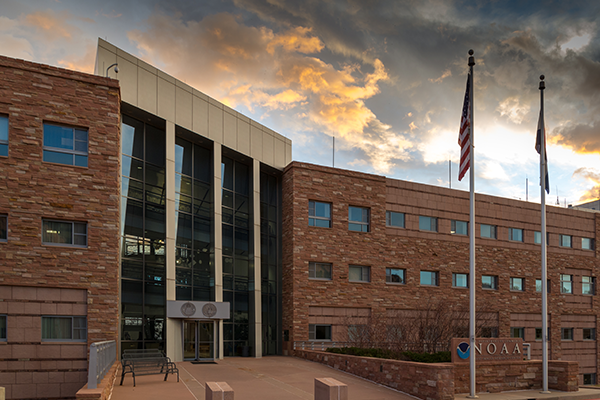
CASA Radar Prediction System over Dallas Fort Worth Urban Network: Blending of Radar Nowcasting and High-Resolution Numerical Weather Prediction Model
C Radhakrishnan
Colorado State University
Friday, Nov 30, 2018, 1:00 pm
DSRC Room 1D403
Abstract
The primary objective of this study is to demonstrate the blending of radar-based nowcast and the NWP model to improve the predictions over the DFW urban radar network. This study also describes the recent updates to the CASA's real-time reflectivity nowcast system, along with a description of its performance. The evaluation of the real-time nowcast system is demonstrated with nine precipitation events over the DFW urban area. The preliminary results show CASA's nowcast system has better skill compared to the WRF model for a lead-time of 1 hour 30 minutes. The HRRR model analysis is used as initial and boundary condition and the WRF 3DVAR data assimilation technique is used to assimilate the high-resolution dual-pol radar observations into WRF model. After the 90min period, the skill of the nowcast system reduces below the WRF model (that uses HRRR output as initial and boundary conditions). The results show that the radar assimilation in high-resolution WRF model improves the prediction skills when compared to the HRRR model. To extend the CASA's nowcast lead-time to 6 hours the WRF model prediction is blended with DARTS nowcast. Three type of blending methods 1) Hyperbolic Tangent curve, 2) Critical Success Index, 3) Salient Cross Dissolve (Sal CD) are used, and results are compared. Sensitivity studies are conducted to determine the optimum parameters in the blending methods. The results show that the blending improved the nowcast, and the Sal CD method has better skills compared to other two blending methods. The evaluation results show that the overall performance of blending depends on the accuracy of the WRF model prediction. Though the WRF model with radar assimilation gives a better prediction, care must be exercised before blending due to the uncertainty in model physics parameterization schemes.
You must provide an accepted form of identification at the Visitor Center to obtain a vistor badge. Security personnel also inspect vehicles prior to entrance of the site. Please allow extra time for these procedures.
After receiving a badge, you must arrive at the DSRC Lobby at least 5 minutes before the seminar starts to meet your security escort. If you arrive after that time, you will not be allowed entry.
Foreign Nationals: Please email the seminar contact at least 48 hours prior to the seminar to provide additional information required for security purposes.
Seminar Contact: Robbie.Desen@noaa.gov